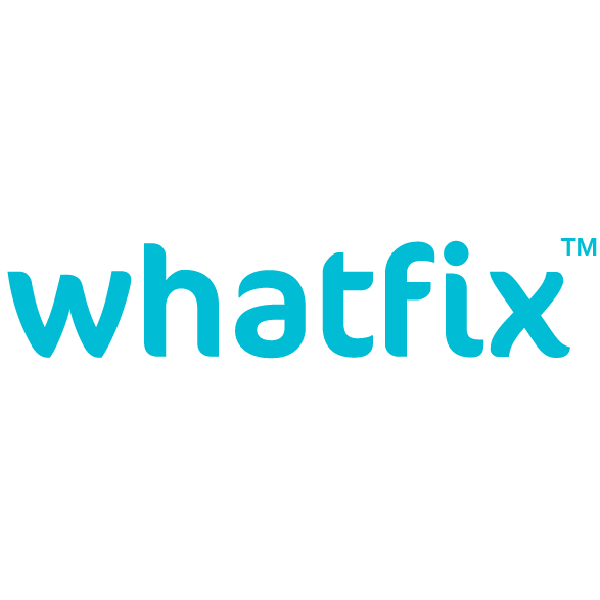ATD Blog
How Real-Time Learning Enables Employees With Contextual Experiences
Wed Nov 08 2023

Old habits die hard, even in the face of mounting evidence. For years, training managers favored linear classrooms, believing it enhanced learning. Yet, contrary evidence surfaced, hinting at a broken system. In an era of disruption, methods evolve. The shift? How knowledge reaches and engages workers.
Real-time learning offers nonlinear knowledge delivery and training approaches. It ensures knowledge retention by enabling learning during work, allowing immediate application. Unlike broader, traditional training methods, it personalizes content for individual employees, enhancing productivity.
1. Why Organizations Must Invest in Real-Time Learning
Traditional training methods demand employees’ time and attention, which many lack. According to LinkedIn, 49 percent seek just-in-time learning. O’Reilly found that 42 percent prefer nonlinear, need-based learning.
Employees skip irrelevant parts of training. Real-time learning meets their immediate needs, addressing time constraints and aligning with their learning preferences. It provides precise, task-specific guidance. Unlike lengthy e-learning or classroom sessions, it offers contextual help and specific, on-the-spot information.
2. Real-Time Learning Versus Linear E-Learning and Classroom Training
The purpose isn’t to discredit traditional training methods. Real-time learning complements classroom and e-learning, particularly in software application training. It offers just-in-time learning and in-app support, enhancing effectiveness.
While soft skills training still benefits from e-learning, real-time learning excels in providing contextual help and guidance, filling a crucial gap in enterprise training. Real-time learning is highly targeted in its knowledge delivery, meaning learners get exactly the knowledge that’s relevant to them and that they require to complete a workflow.
One important factor separating real-time learning from linear e-learning methods is that it is deeply integrated into the workflow environment. When learners are looking for specific information, they don’t have to switch between windows or environments trying to gather and apply knowledge simultaneously. In essence, real-time learning, training, and application happen in the same frame.
Real-time learning consists of modules designed to be task-based, and learning is experiential, which, when combined, leads to improvement in end-user productivity. This is also because employees don’t have to spend much time searching for knowledge or sitting through sessions they may not even remember after a while.
3. Benefits of Real-Time Learning
Here are some benefits to consider:
Real-time learning boosts productivity by reducing training times and knowledge search, leading to quantifiable ROI, aligning with today’s value-driven business goals.
Instant knowledge application eliminates retention issues, and automation allows seamless scaling to thousands across locations and languages, making it both efficient and scalable.
Real-time learning tailors content based on user roles and preferences, optimizing learning through constant feedback and data analytics, ensuring relevance for diverse audiences.
Proactive, contextual knowledge delivery creates a positive learning experience, fostering a transformative environment and contributing to overall employee satisfaction.
4. Real-Time Learning With Whatfix
Whatfix is a digital adoption platform that enables organizations to drive end-user adoption of enterprise software applications with in-app training, guidance, and support that is available in the flow of work, anytime employees need it. Whatfix provides insights into how applications are being used and how productive these workflows are, helping organizations identify areas of friction and improve their enterprise software workflows.

